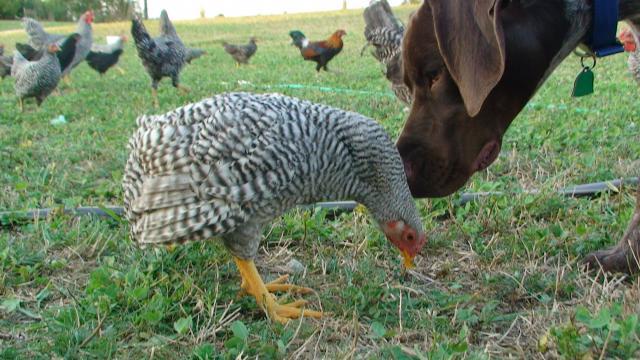THis I have seen before in Plymouth rocks and Rhode Island reds but not in game or red jungle fowl.

Bird will be culled. What is proper name of condition so I can rename thread?

Bird will be culled. What is proper name of condition so I can rename thread?


